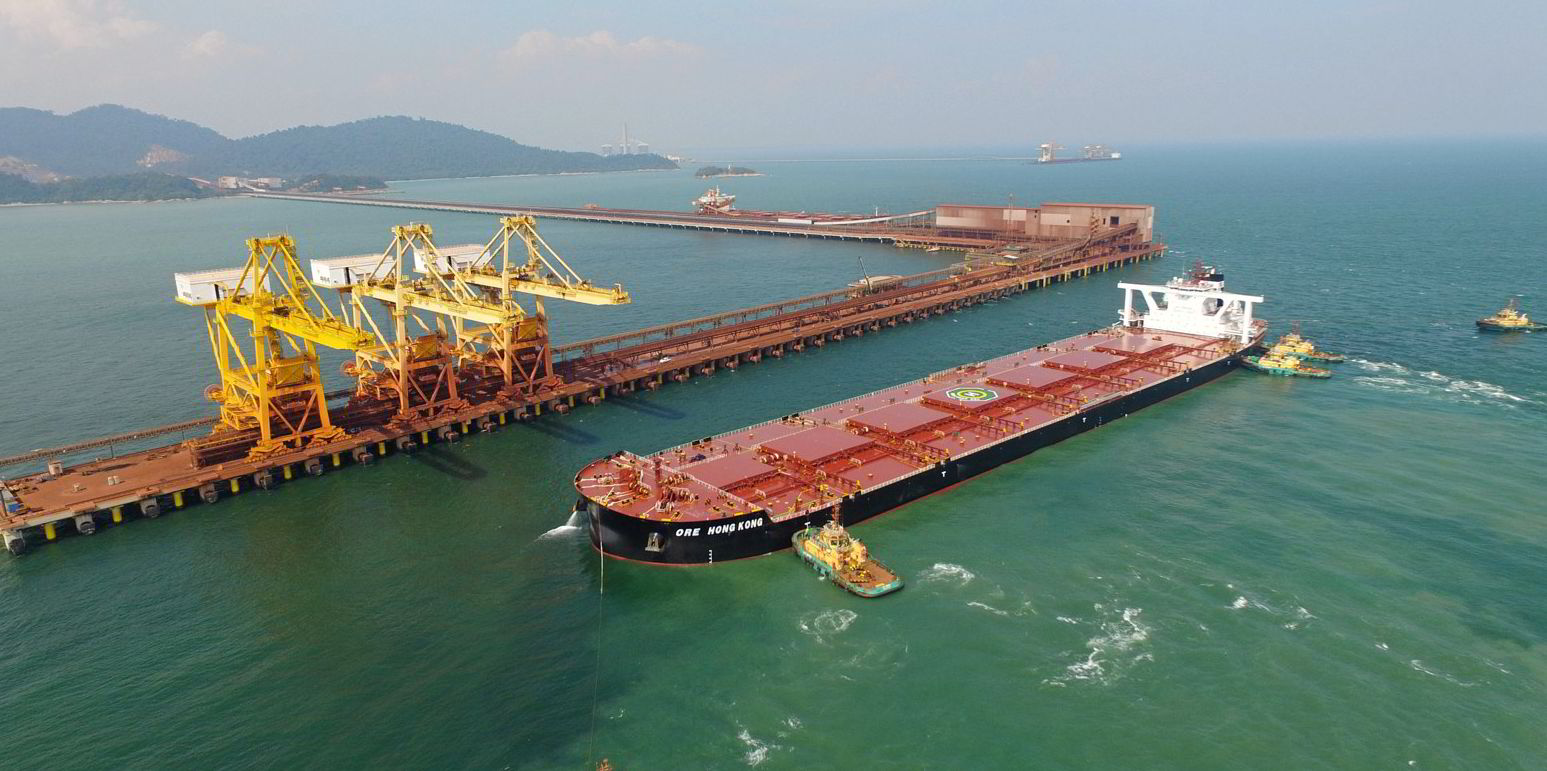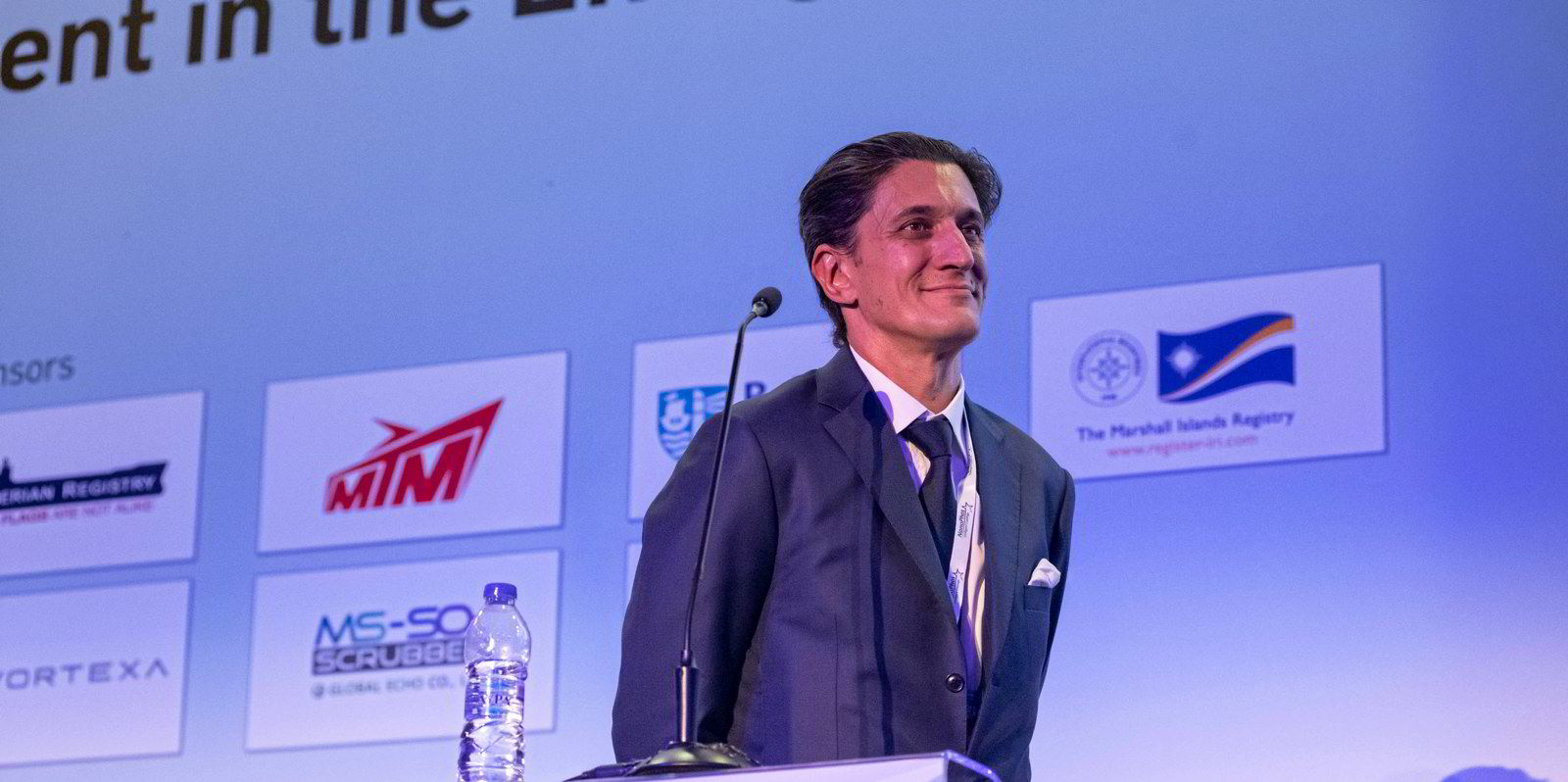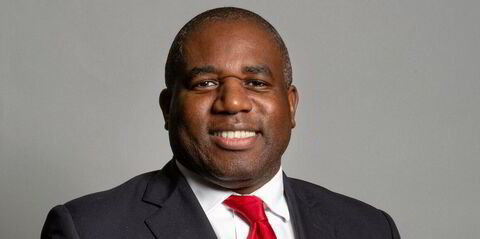Global growth in iron ore shipments will slow this year because of declining Chinese steel production, but the capesize market should remain unscathed while fleet expansion remains low, according to analysis.
There will be no meaningful growth in the iron ore trade unless there is a major recovery in Chinese steel production, driven by stronger domestic demand or higher exports, said Bimco.
“While iron ore shipments could slow down, we still expect them to grow 1% to 2% in 2024, benefiting from a 1.7% increase in global steel demand as forecast by the World Steel Association,” said Filipe Gouveia, analyst at the shipowners group.
“This may keep the capesize segment strong, as the fleet is only expected to grow 1.4% in 2024. Any further increase in Brazilian mining would lead to longer distances and an even tighter market.”
Key indicators point to weaker domestic demand for Chinese steel this year as the country’s property sector continues to struggle.
But Bimco said that while overall domestic demand stagnates, steel demand from China’s manufacturing and infrastructure sectors could keep rising.
Meanwhile, exports of Chinese steel products are growing and were up by 30% year on year during the first quarter.
Gouveia said growth in iron ore supply has outpaced Chinese demand, which could lead to weaker shipments ahead.
“In the first quarter of 2024, global iron ore shipments rose 3.8% year on year on expectation of strong Chinese steel production which, however, failed to materialise,” he said.
“The capesize segment greatly benefited from this increase in shipments, both due to the higher volume and the above-average sailing distances between Brazil and China. This helped the Baltic Exchange’s Capesize 5TC index to average $24,286 per day, up 165.6% year on year.”
China’s major steel prices have been climbing this month on the back of steady downstream demand, research firm Mysteel Global said in its weekly report on Tuesday.
Iron ore stocks in China are set to fall ahead of the Labor Day holidays over 1 to 5 May as steelmakers step up production.
“The steady rise in inventories of imported iron ore at China’s major ports over the past few weeks will likely end this week as steelmakers’ replenishment demand for iron ore is strengthening, according to market sources,” Mysteel said. “Ore carrier arrivals at the ports will also likely decline, they suggest.”
Bauxite
Bauxite has become the second-biggest driver of demand for capesize bulkers over the past couple of years, and first-quarter data shows the growth just keeps coming.
Data compiled by vessel tracking platform Oceanbolt shows 32.2m tonnes of bauxite was loaded in the first three months, up from 20.3m tonnes in the same period of 2023.
March was particularly impressive for the trade: 1.2m tonnes more was loaded onto vessels than a year earlier. Voyage counts grew from 58 in March 2023 to 67 last month.
Bauxite accounted for 12.7% of tonne-mile demand for capesizes in the first quarter of 2024, up by 0.7% year on year.
Iron ore and iron ore pellets together accounted for 70% of capesize demand, up by 5% year on year in tonne-mile terms.
China check-up
China, the world’s biggest importer of seaborne dry bulk commodities, has maintained its place as the leading global driver of economic growth — but is also the biggest loser in terms of share.
It will account for 20% of global growth by 2029, compared with 15% generated by India and 12% by the US, according to the International Monetary Fund’s latest GDP forecasts based on purchasing power parity exchange rates, published last week.
The 2029 estimate means China is forecast to contribute almost 4% less to the global economy than it did in 2023. India, the biggest gainer, is expected to contribute almost 3% more.
“China staying as the biggest global growth driver should not be anything to make any Chinese individual feel proud of or Beijing feel complacent about. It is ultimately growth rate that matters,” Evercore’s lead China analyst, Neo Wang, commented in a note on Sunday.
China posted better-than-expected GDP growth of 5.3% in the first quarter, around 1% more than analysts expected.
“Housing troubles persisted, no sign of life. No stimulus could be a game changer,” Wang said.
“Infrastructure was a major bright spot, in line with the focus of stimulus so far.”
Evercore has raised its estimate for Chinese GDP growth this year to 5% from 4.8% and thinks Beijing will strive to keep up the momentum.







